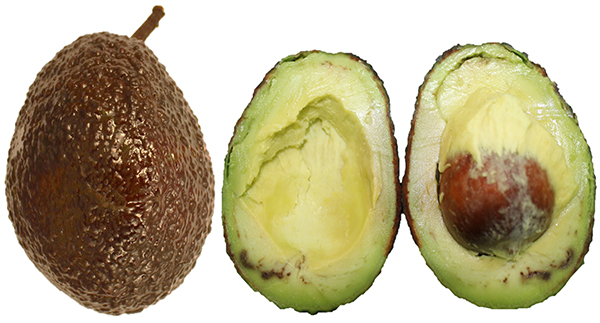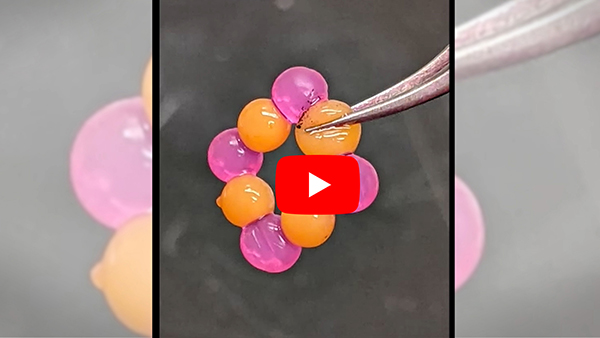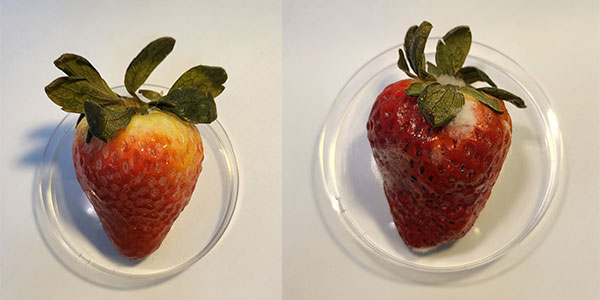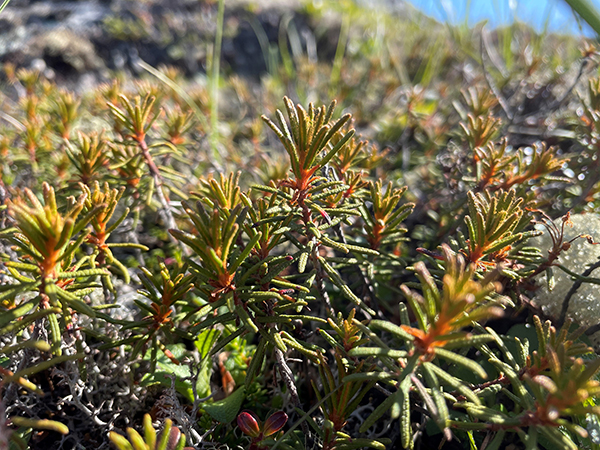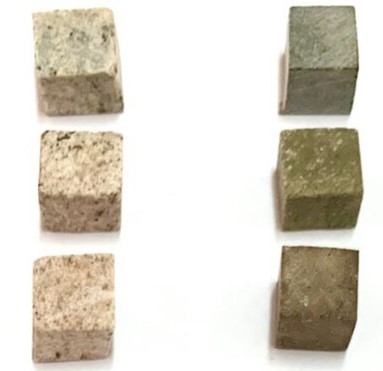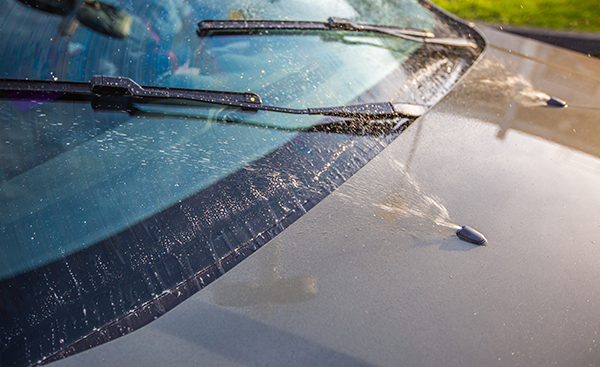FOR IMMEDIATE RELEASE
“Low-Density Plastic Debris Dispersion beneath the Mediterranean Sea Surface”
Environmental Science & Technology
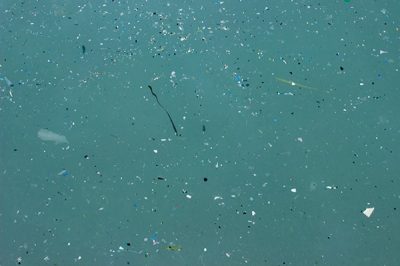
Discarded or drifting in the ocean, plastic debris can accumulate on the water’s surface, forming floating islands of garbage. Although it’s harder to spot, researchers suspect a significant amount also sinks. In a new study in ACS’ Environmental Science & Technology, one team used computer modeling to study how far bits of lightweight plastic travel when falling into the Mediterranean Sea. Their results suggest these particles can drift farther underwater than previously thought.
From old shopping bags to water bottles, plastic pollution is besieging the oceans. Not only is this debris unsightly, animals can become trapped in it or mistakenly eat it. And if it remains in the water, plastic waste can release organic pollutants. The problem is most visible on the surface, where currents can aggregate this debris into massive, so-called garbage patches. However, plastic waste also collects much deeper. Even material that weighs less than water can sink as algae and other organisms glom onto it, and through other processes. Bits of this light plastic, which typically measure 5 millimeters or less, have turned up at least half a mile below the surface. Researchers don’t know much about what happens when plastic sinks, but they generally assume it falls straight down from the surface. However, Alberto Baudena and his colleagues suspected this light plastic might not follow such a direct route.
To test this assumption, they used an advanced computer model developed to track plastic at sea and incorporated extensive data already collected on floating plastic pollution in the Mediterranean Sea. They then simulated nearly 7.7 million bits of plastic distributed across the sea and tracked their virtual paths to depths as great as about half a mile. Their results suggested that the slower the pieces sank, the farther currents carried them from their points of origin, with slowest traveling an average of roughly 175 miles laterally. While observations of the distribution of plastic underwater are limited, the team found their simulations agree with those available in the Mediterranean. Their simulations also suggested that currents may push plastic toward coastal areas and that only about 20% of pollution near coasts originates from the nearest country. These particles’ long journeys mean this plastic has greater potential to interact with, and harm, marine life, according to the researchers.
The authors acknowledge funding from the International Union for Conservation of Nature, the Tara Expeditions Foundation and the Albert II Monaco Foundation.
###
The American Chemical Society (ACS) is a nonprofit organization chartered by the U.S. Congress. ACS’ mission is to advance the broader chemistry enterprise and its practitioners for the benefit of Earth and all its people. The Society is a global leader in promoting excellence in science education and providing access to chemistry-related information and research through its multiple research solutions, peer-reviewed journals, scientific conferences, eBooks and weekly news periodical Chemical & Engineering News. ACS journals are among the most cited, most trusted and most read within the scientific literature; however, ACS itself does not conduct chemical research. As a leader in scientific information solutions, its CAS division partners with global innovators to accelerate breakthroughs by curating, connecting and analyzing the world’s scientific knowledge. ACS’ main offices are in Washington, D.C., and Columbus, Ohio.
To automatically receive press releases from the American Chemical Society, contact newsroom@acs.org.
Note: ACS does not conduct research, but publishes and publicizes peer-reviewed scientific studies.

